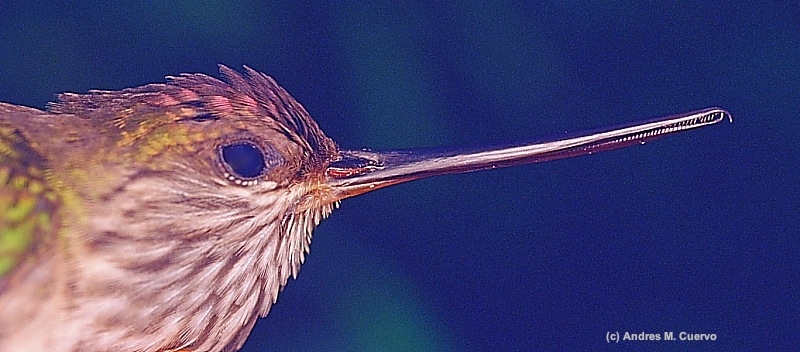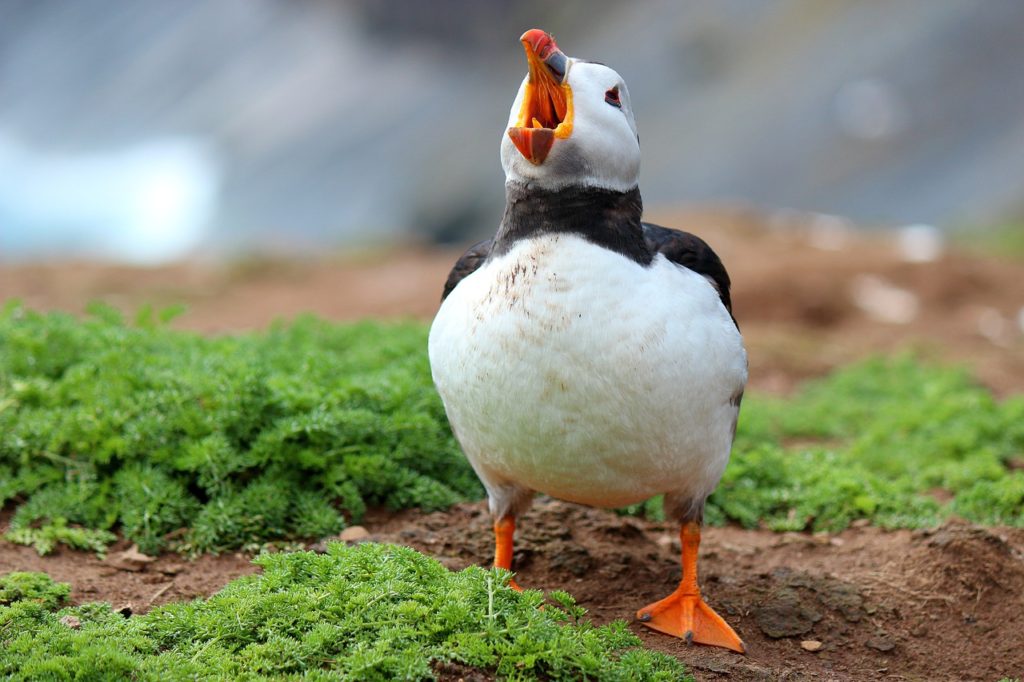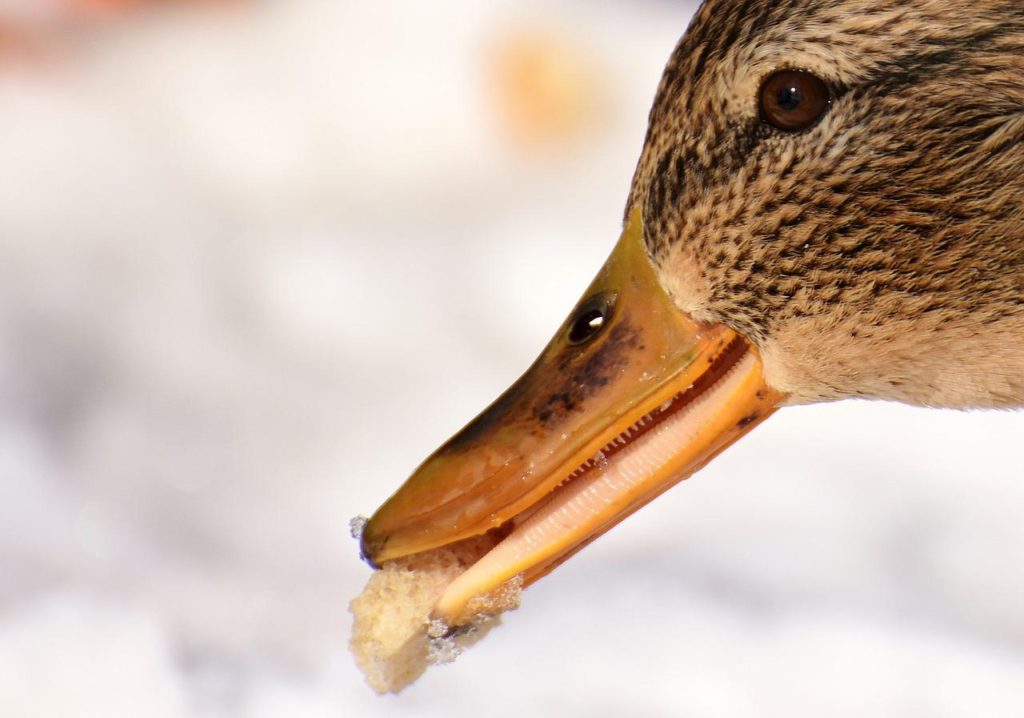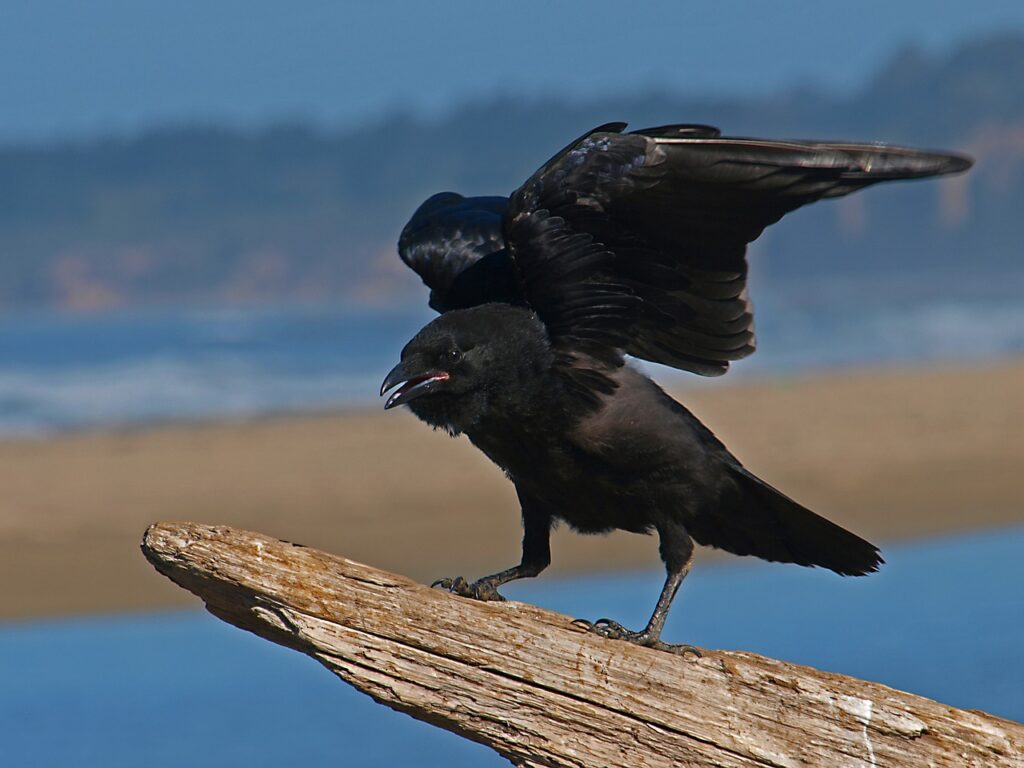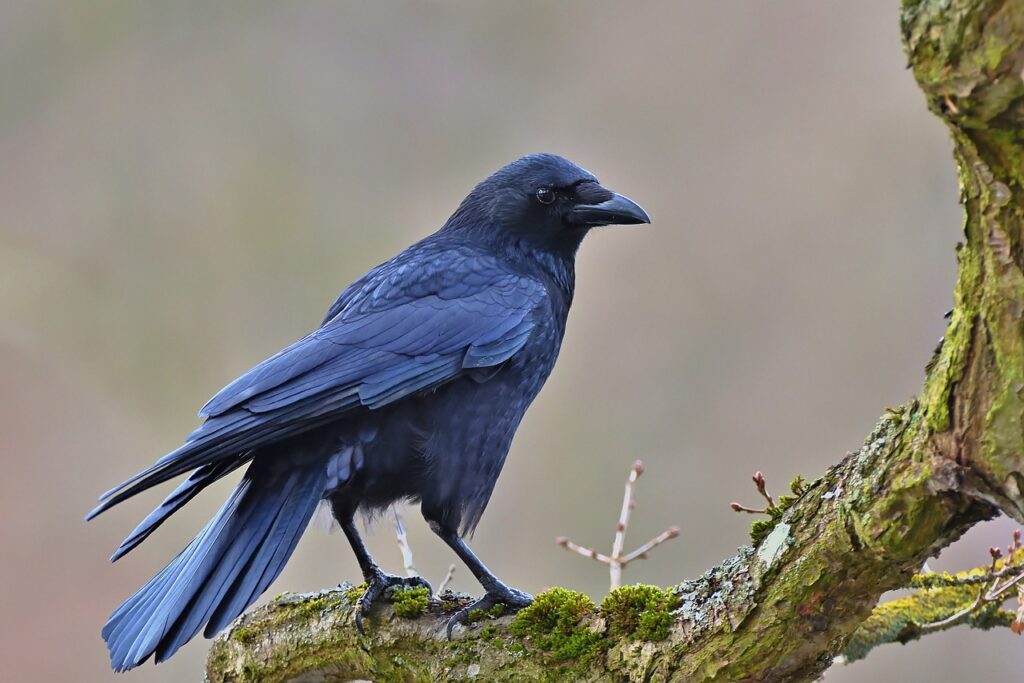
Birds do not have teeth. However, there are quite a few that really look like they do! These birds have evolved special beaks which help them to perform important functions. So here are some of the most amazing birds with “teeth,” and what you’ll want to know about them.
Toucan
Toucans have large beaks that depending on the species can be more than half of their entire total length. Their huge beaks have forward-facing serrations that look like teeth. And because of this, it was originally believed they were mostly carnivorous and ate fish.
However, while they do eat insects, eggs, and the nestlings of other birds, toucans mainly eat fruit. Their long beaks allow them to grab fruit on faraway branches and those jagged tooth-like serrations help them to peel it.
Greylag Goose
This large gray goose species is the ancestor of most breeds of domestic geese. While they may look scary, the pointy serrations on their beaks actually function to help the geese to uproot and tear up grass. The serrations are known as tomia and are made of cartilage.
When their beaks are open, greylag geese also appear to be birds with teeth on their tongues! That’s because, on their tongues, they have spiny papillae which are sharper yet not as hard as the tomia on their beaks. Their spiny tongues help them to shred and maneuver their food before swallowing it.
Canada Goose
This recognizable and common goose species has tomia running down the sides of its beak to help it to grip and cut vegetation. These tooth-like projections also help it to filter feed and even crush its food.
Canada geese are actually considered to be pests in many areas because flocks will often feed on grass and make quite a mess with the waste they produce. Golf courses, public parks, swimming pools, and docks are some of the most common places these toothy birds can be a nuisance.
Tooth-Billed Pigeon
Despite being the national bird of Samoa, this is not a bird you’re likely to see. That’s because due to overhunting and habitat loss the tooth-billed pigeon is nearly extinct.
Like other birds with teeth, the tooth-billed pigeon actually has a specially adapted beak. Its unique orange-colored beak has a jagged tip which it used to saw through tough seeds. Because it is closely related to the extinct dodo bird, the tooth-billed pigeon is also known as the “little dodo”.
Totodu74/Wikimedia Commons/CC BY-SA 3.0
Tooth-Billed Hummingbird
The fast-flying tooth-billed hummingbird is quite large for a hummingbird species, and it has a very long and straight beak. Males have a small hook at the tip of their beaks and even more prominent tooth-looking serrations than females.
They also have brighter plumage than the females as well. In addition to feeding on nectar from flowers, the tooth-billed hummingbird’s long serrated beak helps it to catch small insects and spiders.
Andres Cuervo/Wikimedia Commons/CC BY-SA 2.0
Puffin
Puffins are stocky birds with short wings, a large beak, and mostly black or black and white plumage. These seabirds are known for holding large numbers of fish crosswise in their beaks while hunting for more. One reason they are able to accomplish this is that they have jaws that come together in a parallel manner and exert equal amounts of pressure along the entire length of the beak.
Another is that inside their beaks they have tooth-looking spines called denticles. The denticles point towards their throat And by pushing the fish against their denticles with their tongues, puffins can swim underwater and catch multiple fish without losing their grip on the fish they are already holding.
Seagull
If you were to see a seagull open its beak wide enough you’d probably think that these are birds with teeth. That’s because similar to puffins, they also have denticles to help them hold onto their food.
These omnivores are adaptable and opportunistic feeders and will eat just about anything from fish to garbage. And because seagulls can actually unhinge their jaws, it allows them to get even the largest of meals down their gullet.
Tooth-Billed Bowerbird
This species is also called the tooth-billed catbird. And it gets the “tooth-billed,” in both of these names because of its notched tooth-like beak. These notches help it to cut young leaves which along with fruit make up the majority of its diet.
Male tooth-billed bowerbirds also use the notches in their beaks to gnaw through the stems of leaves that they use for a very important purpose, their mating ritual. They collect the leaves and then manipulate them into a decorative stage with the pale underside of the leaves facing up to attract a mate.
Francesco Veronesi/Wikimedia Commons/CC BY-SA 2.0
Mallard
You don’t have to go far to see birds with teeth. A trip to the local duck pond will often do because even mallards have toothy-looking beaks.
That’s right if you look closely mallards along with most other types of ducks have lamellae, comb-like projections that run down the sides of their beaks. The lamellae are actually part of the beak and function to strain small pieces of plant matter and other food items from the water just like a filter.
Merganser
Different from other types of ducks, mergansers don’t have lamellae. That’s because they eat fish. So instead they have thin, sharp, serrated beaks. The intimidating serrations help to grasp the fish and ensure that they don’t escape. These are diving ducks that hunt fish below the surface of the water. For this reason, they are also commonly called “fish ducks”.
Archaeopteryx
These were prehistoric birds with teeth, real teeth. Archaeopteryx is considered to be the first bird and therefore represents the transitional form from reptiles to birds.
In addition to a full set of real teeth, this species had feathers, 3 claws on each wing, and a mixture of bird-like and reptilian features. It is believed that it was possibly able to glide or even fly. Archaeopteryx lived around 150 million years ago and was about the size of a common raven.
Start Shopping for Birding Supplies!
Crow Symbolism: Everything You Need To Know
Ever wondered why the crow has captured the imagination of so many cultures throughout history? Let's embark on a fascinating journey through the world of crow symbolism, unraveling its mysteries and discovering its significance across various cultures, religions, and...
Creepy Facts About Crows
Crows are highly intelligent birds that have thrived alongside us humans. However, while they are fascinating creatures, at the same time, there are many things about them that many people find quite unsettling. That being said here as some of the most creepy facts...
Why Are Crows So Loud?
As anyone who has heard their loud "caws," can tell you, crows are very noisy birds. In fact, they are considered one of the loudest of all bird species. But why are crows so loud? Read on to find out. The Importance Of Vocalizations Crows use vocalizations to pass on...
Do Crows Remember Faces?
Crows are known for their intelligence. But do crows remember faces? You bet they do! Here's what you'll want to know. Crow Intelligence Crows are brilliant birds. In fact, their level of intelligence is often compared to that of primates. They are so smart that they...
Why Are Crows Black?
American crows are birds with all-black plumage. But why are crows black? Well, there are several reasons. Read on to find out. Bird Color Basics Birds are some of the most colorful creatures on the planet. And they come in an amazing range of colors from white to...
Are All Crows Black?
When it comes to crows, most people are familiar with the image of a sleek-looking solid black bird. But are all crows black? No, they aren't. Here's what you'll want to know. The American Crow Is Not All Crows The American crow is found throughout most of North...
How Long Do Crows Live?
How long do crows live? That's one of the many questions people ask about these familiar all-black birds. Here's what you'll want to know about the lifespan of crows and what affects it. How Long Do Crows Live In The Wild? In the wild American crows have a lifespan of...
Enemies Of Crows
Crows are a common sight in many parts of the world. However, most of us don't realize that these distinctive jet-black birds face a range of threats even when they are in our own backyards. The following are the main enemies of crows. Natural Predators of Crows One...
Predators of Crows
In many places, crows are such a common sight that it can be easy to forget that they actually have many predators. And being "on the menu," for a range of other animals is actually why these birds are so wary. That being said, here is everything you'll want to know...
Are Crows Territorial?
Are crows territorial? The answer is yes. However, just how territorial they are can depend on several factors. Here’s what you’ll need to know. Territoriality In Birds Territoriality is the behavioral trait of defending and maintaining a specific area territory...
What Eats Crows?
Crows are large and highly intelligent birds that eat a wide variety of foods including many other animals. So, what eats crows? Here are the most common crow predators and what you’ll want to know about them. Birds Of Prey The birds of prey are a group of predatory...
Are Crows Friendly?
Crows are commonly seen, and heard, in close proximity to us in our towns and cities. But are crows friendly? The answer may surprise you. Crows Are Highly Social Birds Crows are social birds that live in family groups. And they are well known for forming close bonds...
Do Crows Mate For Life?
Do crows mate for life? Yes, they do. And this behavior is highly advantageous to them. Here's what you'll want to know. How Do Crows Attract A Mate? Crows are social birds; most of the year, they live in small family groups. During the breeding season, however,...
Birds With Talons
All birds have claws. However, only a few types have the scary-looking and dagger-sharp claws called, “talons”. So here are the birds with talons and what you’ll want to know about each of them. What Are Talons? Talons are the claws of a group of predatory birds known...
Birds With Tails
Just like birds themselves, birds’ tails come in a wide range of shapes and sizes. And some tails of course are more interesting and remarkable than others. The following are birds with tails that never fail to impress! Long-Tailed Tit The long-tailed tit, also known...
Birds With White Heads
There's no doubt about it, birds with white heads really stand out. From small to large they are quite a unique bunch. So here are some of the most fascinating white-headed birds and what you'll want to know about them White-Headed Vulture The white-headed vulture is...
Birds That Look Like Flamingos
Flamingos are wading birds with long necks and legs. These social birds live in groups and have strongly hooked downward-facing beaks which they use to feed on shrimp and other small water creatures. And they are famous for their stunning pink color. With such a...
How To Attract Owls To Your Yard
Owls are nocturnal birds of prey that can be extremely helpful when it comes to controlling rodent populations in a natural way. That is of course if you can attract them to your property by creating an owl-friendly habitat. So keep reading to find out how to attract...
Why Would A Swan Be Alone?
It's widely known that swans are incredibly social and romantic creatures, so it can be disconcerting when you encounter a solitary swan. However, there are several reasons why this might be. So why would a swan be alone? Here's what you'll want to know. But first,...
How To Attract Crows To Your Yard
Crows aren’t always pests as many people believe. In fact, these super smart birds can actually help to rid your property of many common backyard and garden pests themselves. So here’s your step-by-step guide on how to attract crows to your yard! Step 1. Create A...




